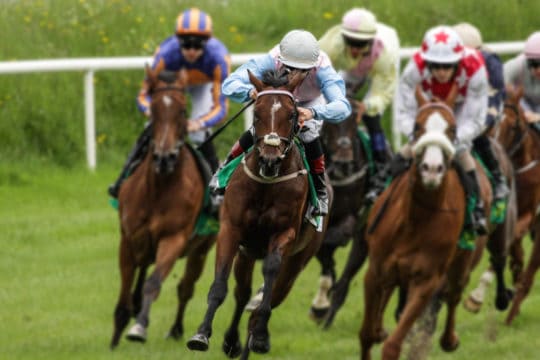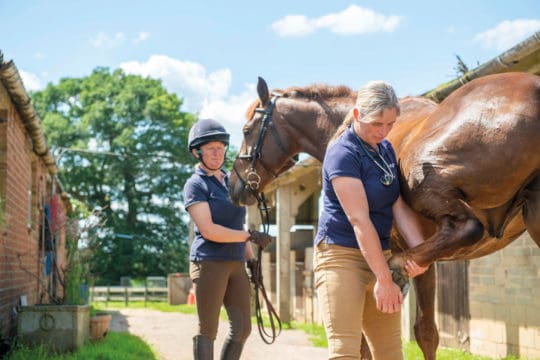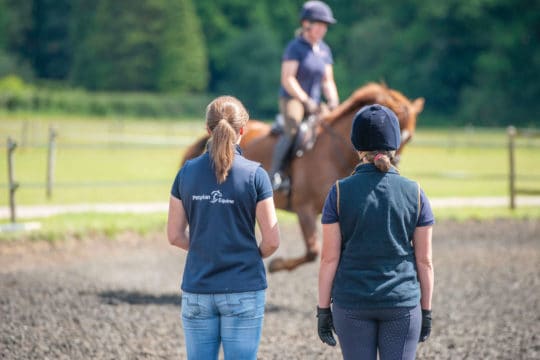Ever wondered if your horse’s past contains any hidden gems? H&R has some top tips for unearthing his family tree
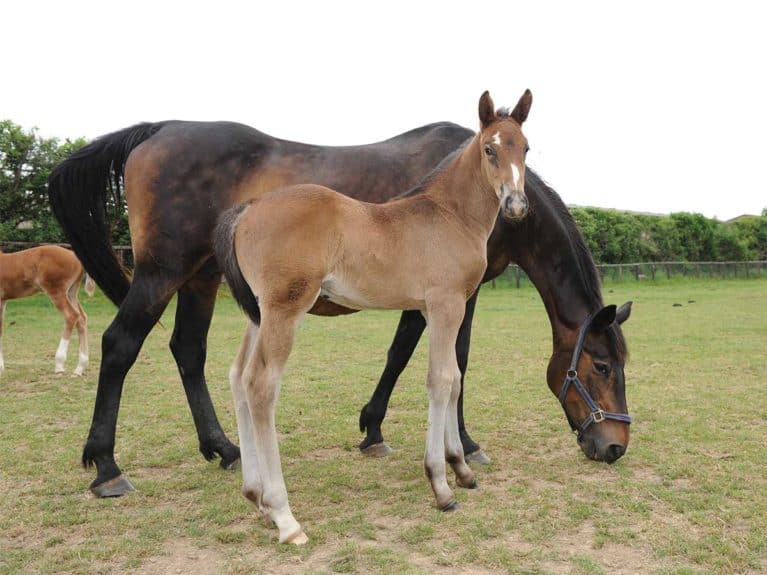
Does your horse have a talent for jumping? Or maybe he’s a natural in the show ring? His family tree could hold the key to this – you never know, he might have an uncle who jumped clear at Burghley or a grandmother who was crowned champion at HOYS. While he isn’t guaranteed anything quite so prestigious, discovering where he comes from can be a good project to do when you can’t be at the yard.
Horse passports
Horse passports became a legal requirement in 2005 and are incredibly valuable documents. If your horse is passported with a breed society in the UK, that’s the logical place to start your investigation. Most breeds have studbooks overseen nationally by breed societies and these can contain bloodlines going back hundreds of years. Many stipulate that horses can only be registered if they have a certain number of traceable generations of pure bred ancestors – the number varies from breed to breed – and family trees are often included in the passport.
If your horse was imported from abroad and has a foreign passport that you need help deciphering, contact the corresponding breed society in the UK. They should have links with their overseas equivalents and be able to advise you on the best person to talk to in his native country. They may also allow you to transfer your horse’s passport to their studbook.
Go online
In this modern age, almost everyone is on social media. Find a Facebook group devoted to your horse’s breed or breed society and leave a post asking if anybody owns a relative. Make sure you include his full name, dam and sire, and any other information that might be useful, such as his age and where he was bred. A clear photo that shows his markings may also help people from his past identify him. This is a good way to find half-brothers and sisters who might not be quite as easy to track down as direct relations.
There are also several websites online for tracking down your horse’s family. These are usually databases that allow you to input your horse’s information to build his family tree. Some can be tracked back hundreds of years, but there may be gaps in the records that you’ll have to fill in. Be careful, though – all the data is inputted by individual owners rather than through official sources, so it may not always be completely accurate.
Check the records
Organisations such as British Eventing publish competition records on their websites or allow you to access them for a small fee, so go online to see if your horse has a listing, or write to or call their offices. Each recorded horse will usually have his own sire and dam included on the record, so you can go back several generations by clicking through the records.
Weatherbys has maintained a general studbook since 1791. It mainly focuses on Thoroughbreds, but non-pedigree horses, ponies and donkeys can apply for a Weatherbys ID passport, too. Thanks to the meticulous records, many Thoroughbreds can be traced right back to the early days of the studbook, particularly those bred for racing. If you know your horse or one of his parents has raced, their track record should also be held by Weatherbys, so contact them to see what information you can gather.
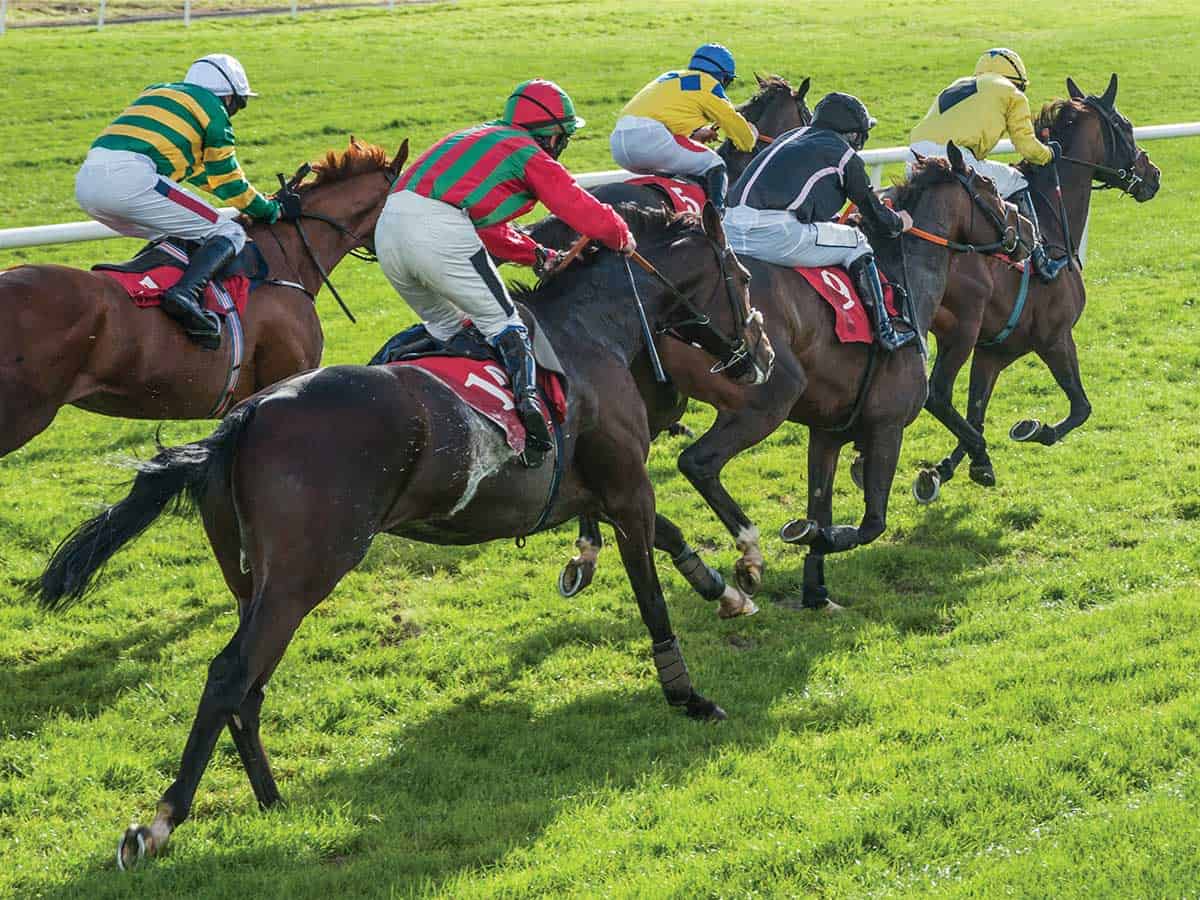
A clue’s in his name
Most studs or breeders in the UK have a registered prefix that’s added to the name of every foal they breed. This will be included in your horse’s passport and can be a useful tool in tracing his family tree. Try finding them online and, if they’re still operating, contact the breeders to see if they have any details on your horse or can tell you about what family members he may have. As many smaller studs may only have one or two stallions being bred to their mares each year, it’s likely that he’ll have some half-siblings out there. You may even be able to arrange to visit his sire or dam and see the place where he was born.
Faces from the past
If your horse has changed homes since his passport was issued, his previous owners should be listed. It might be worth writing to them to see if they have any details about where he came from – you never know, they may be pleased to hear updates about how he’s getting on. If he came from a producer or dealer, you could contact them, too, and find out if they have details of where he came from before they had him.
If you know he’s passed through a sale, call the auction house and see if they still have his details on record. Alternatively, organisations such as The Racing Post keep a record of bloodstock sale lots and, if you know enough details, you may be able to dig out one for him. His parentage should be listed, along with his breeder, producer and owner at the time.
Top tip
When buying a new horse, you’re legally required to send his passport back to the organisation that issued it within 30 days so that the ownership details can be updated. It’s also a good idea to check that the person you’re buying him from is listed as his owner, as you’ll need their signature to update his passport.
Missing information
For various reasons, it can sometimes be the case that your horse’s passport is incorrect, lost or not the one he originally started out with. This can make tracking him down a bit harder, particularly as there are so many Passport Issuing Organisations in the UK and currently no National Equine Database, although a new one is under construction and should be launched next year.
Since July 2009, it’s been the law that all horses must be microchipped in order to be given a passport, although equine microchipping did happen before this at the owner’s discretion. If you aren’t sure where your horse came from before you owned him, his microchip could hold the key. The first three digits are sometimes assigned to a certain country, so from there you can contact the relevant breed society. Alternatively, some microchips will start with digits between 900 and 984, and these indicate the manufacturer of the microchip – many of the large passporting companies use these chips for animals registered with them.
A number of breed societies in Britain are registered with grassroots.co.uk. More than 236,000 equine records are listed and you can search for your horse using his microchip number. Although the records don’t list sires or dams, they will help you find out if your horse ever had a passport issued by one of the organisations listed on the site, who you can then contact to find out more information.
Some breed society passports, both in the UK and abroad, will also contain a unique equine life number (UELN), which is exclusively generated for that particular horse. As with microchips, the first three digits of a life number indicate the country that issued the passport.
The internet and compulsory passporting means that it’s never been easier to track down your horse’s relatives. However, don’t be disheartened if his past turns out to be a bit of a mystery – after all, it won’t affect how much he means to you.




